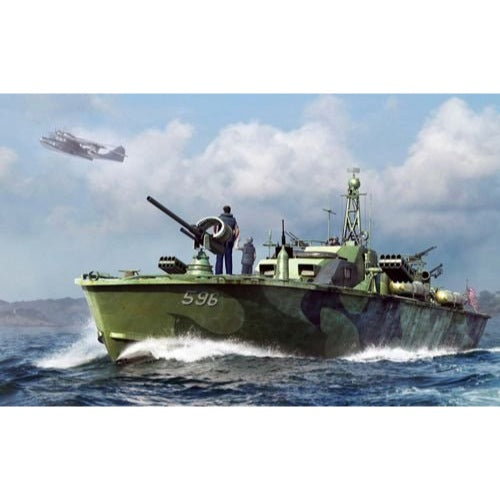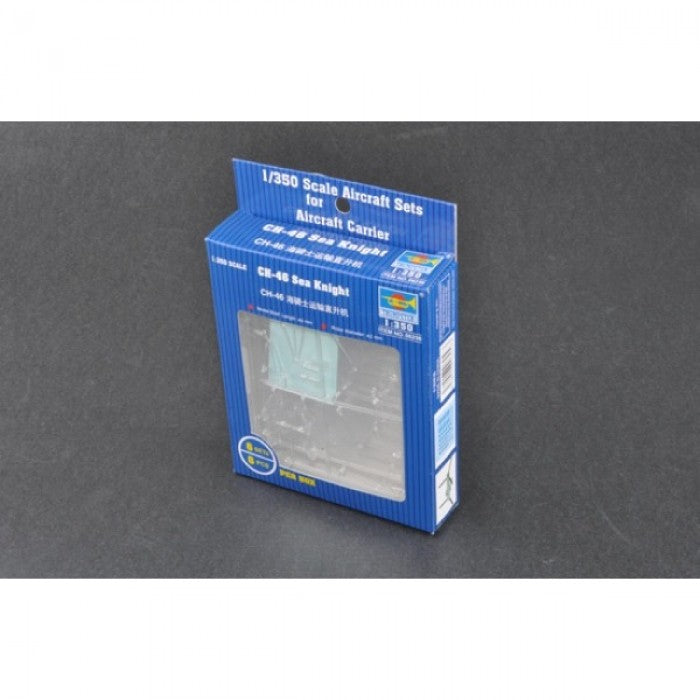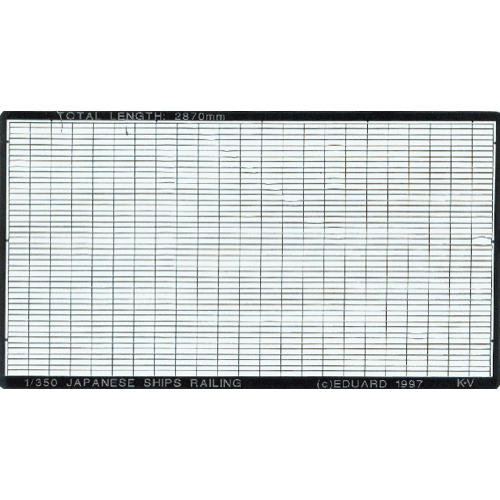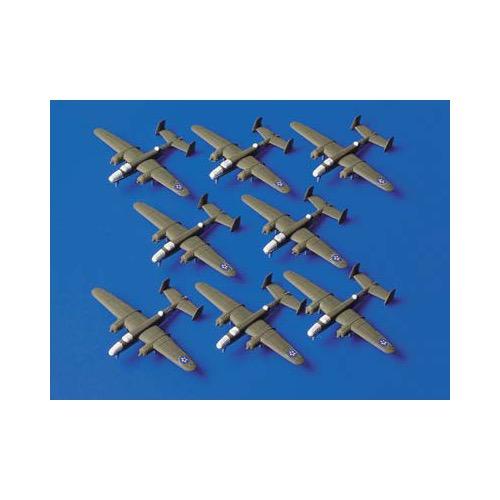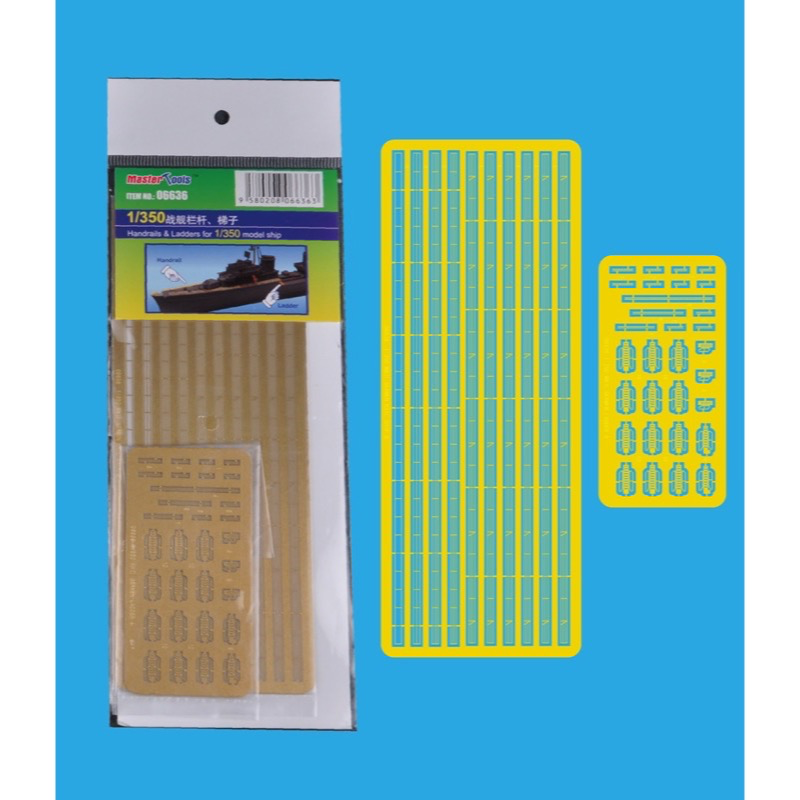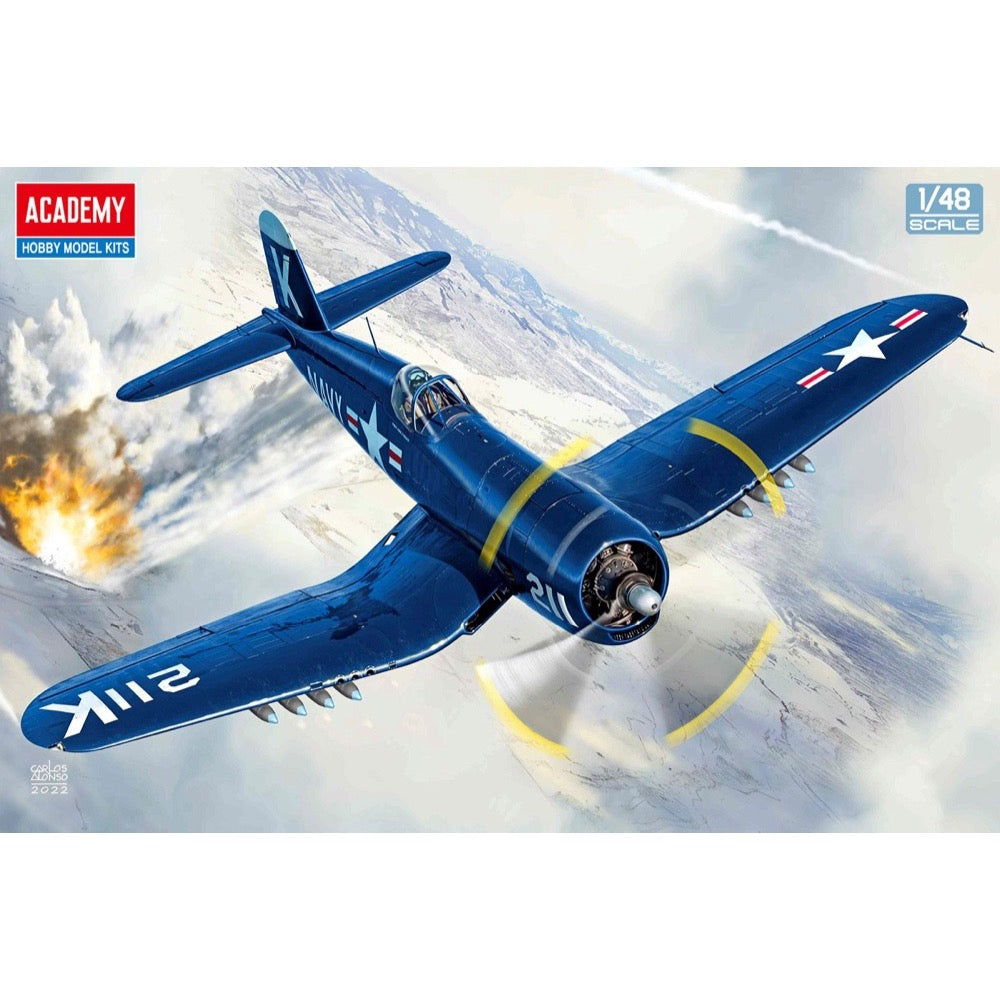
Academy 12353 1/48 USN F4U-4 "Battle of Jangjin Reservoir"
The revolutionary design of the F4U Corsair was created in 1938 in response to the request of the US Navy to design a high-speed fighter stationed on board aircraft carriers. Chance Vought took on the challenge, with the goal of fitting the most powerful of the available engines (i.e. the Pratt-Whitney Double Wasp engine) into the smallest possible airframe. The key was to place the clunky landing gear in the inverted, crooked wings that became the hallmark of the aircraft. The flight of the prototype took place on May 29, 1940, and the US Navy received its first serial Corsair on July 31, 1942. However, tests carried out by the US Navy on aircraft carriers revealed some flaws in the design, which meant that the first production series of the aircraft went to squadrons of the Marine Corps and operated from land bases. The first unit received by the F-4 was the VMF-124 at Gudalcanal. It quickly turned out that the new machine definitely surpasses all enemy machines and, in several respects, also the F-6 Hellcat. At the same time, however, it was very difficult to pilot and required great attention when landing. Interestingly, only up to 20% of Corsair missions took off from the decks of aircraft carriers, and throughout almost the entire war they remained primarily a machine of the Marine Corps. After the end of World War II, the F-4 Corsair remained in the line and took part in the Korean War (1950-1953). Technical data (version F4U-4): Maximum speed: 731 km / h, speed of climb: 19.7 m / s, maximum ceiling 12649 m, maximum range: 1115 km, armament: fixed - 6 M2 machine guns, caliber 12, 7mm and 4 20mm Browning cannons, sling - up to 1800 kg of bombs.
This model kit from Academy brings us an accurate reproduction of the single-seat F4U-4 Corsair, an aircraft that was active from World War II to the Korean War! The cockpit interior and details of the landing gear are achieved with a modest number of parts; decals for four versions from the Korean War are included, including Thomas Jerome Hudner Jr., who was awarded the Medal of Honor at the Battle of Nagatsuko.
This is an injection-plastic aircraft model kit.
Features
- Size: 21.1cm long, 26cm wingspan when completed
- Includes: Decals for 4 versions
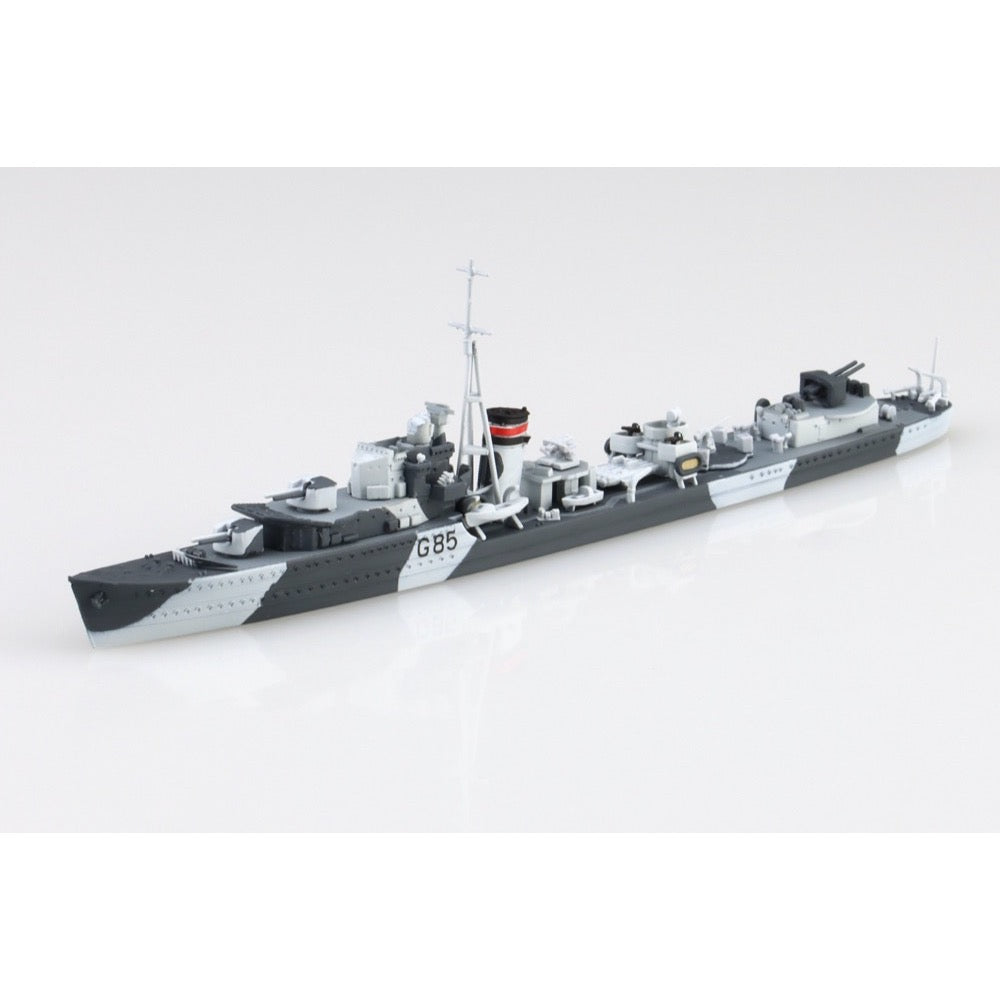
Aoshima A006966 British Destroyer Jupiter
This model kit faithfully recreates the J-Class Destroyer "Jupiter," known for its notable achievements such as sinking the Japanese Navy submarine I-60 and participating in the Battle of the Java Sea as part of the ABDA fleet.
Features
- Accurately captures the essence of the historical destroyer with a straightforward parts structure, ensuring ease of assembly.
- Suitable for both novice and seasoned model enthusiasts, providing an enjoyable and rewarding build experience.
- Includes a color painting guide for an authentic and detailed finish.
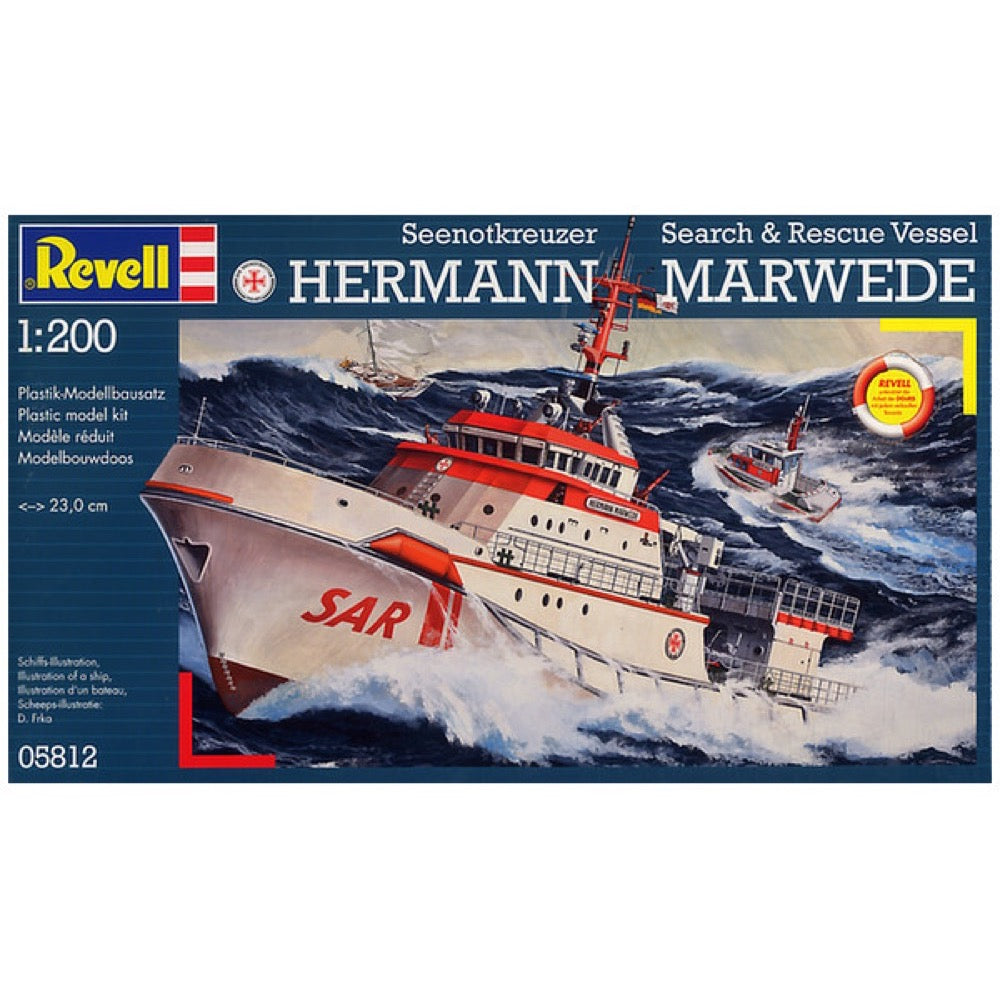
Revell 05812 1/200 Hermann Marwede
Hermann Marwede is a modern German sea rescue vessel. The launch of the vessel took place in 2003, and it entered service shortly after. The total length of the ship is 46 meters and a width of 10.7 meters. The propulsion is provided by three diesel engines with a total power of 9250 hp, which allow a top speed of 25 knots. Hermann Marwede was made by the German shipyard Fassmer Werft, and one of the subcontractors was the Polish company Aluship Gdańsk, which made the hull of the vessel. Hermann Marwede was made for the German Maritime Rescue Society (German abbreviation: DGzRS), and his name honored the long-standing donor of this organization. The unit is characterized by very modern equipment and a high degree of automation, which allowed to significantly reduce the crew. Hermann Marwede is widely regarded as one of the largest ships in its class in the world.
Revell's detailed kit of the German search and rescue vessel Hermann Marwede features great detail througout, and includes an extensive decal sheet. Also includes a display stand.
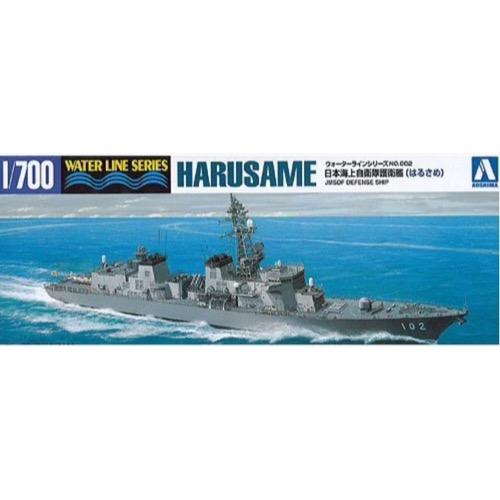
Aoshima A004595 1/700 JMSDF Defense Ship Harusame
JMSDF Destroyer. Newly released by Aoshima.
This is an injection-plastic ship model kit.
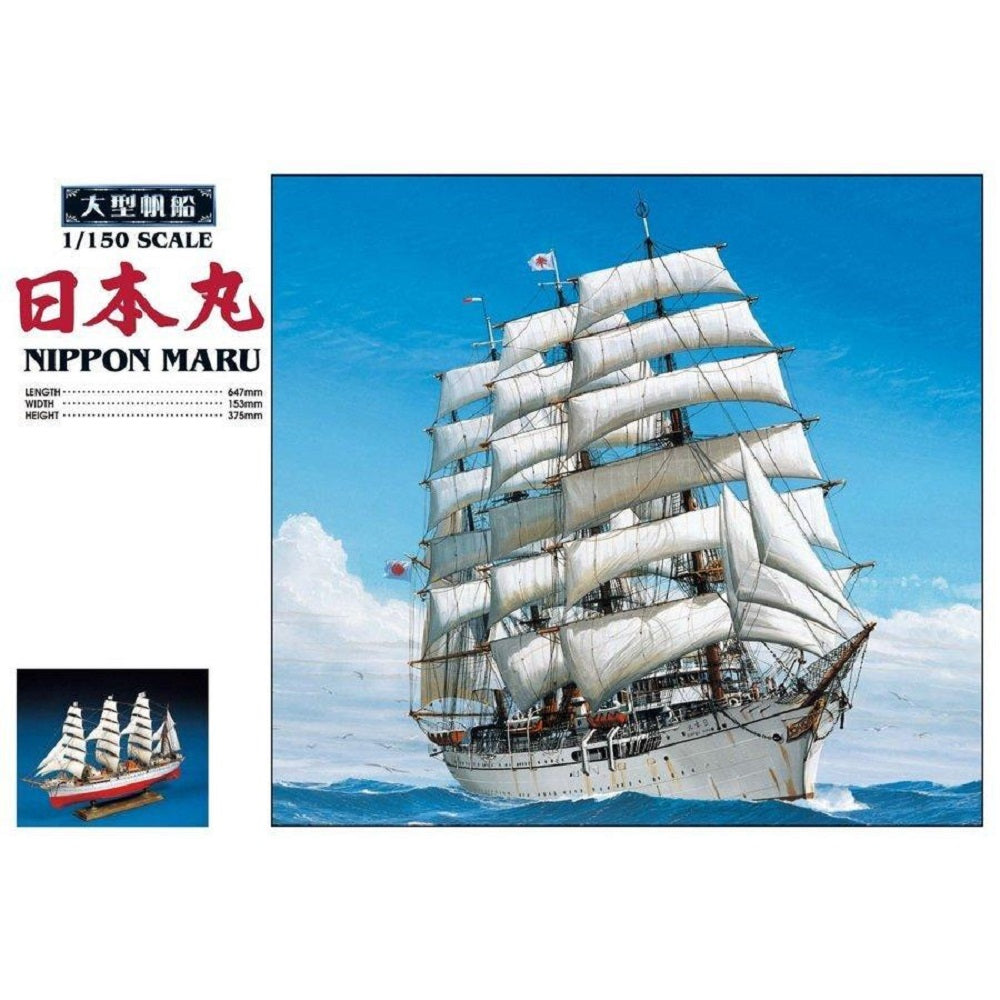
Aoshima A004473 1/150 Nippon Maru
The Nippon Maru was a Japanese training sailing ship, a twin ship for the Kaiwo Maru, launched in 1930. The length of the ship at the time of launching was 97 m, width 12.95 m, and full displacement - 2,290 tons. The Nippon Maru was unarmed. It was a four-masted ship, but had an additional propulsion in the form of two diesel engines with a capacity of 600 HP each.
The Nippon Maru was built at Kawasaki's Kobe shipyard and originally served as a training unit for Japanese merchant navy officers. When the war in the Pacific began, it was incorporated into the navy, continuing to function as a training unit. It was not until the end of the war, in 1945, that the Nippon Maru was used as a transport unit in a marginal way. The ship survived the war and continued to serve in the fleet until 1984, when it was replaced by a new sailing ship - with the same name, by the way! At present, the Nippon Maru is a museum ship docked in the port of Yokohama.
Aoshima's full-hull kit of the Nippon Maru features vacuformed sails, a display stand, twine for rigging, and cloth flags. At 1/150 scale this beauty will measure 64.7cm long, 15.3cm wide, and 37.5cm tall when completed.
This is an injection-plastic sailing ship model kit.
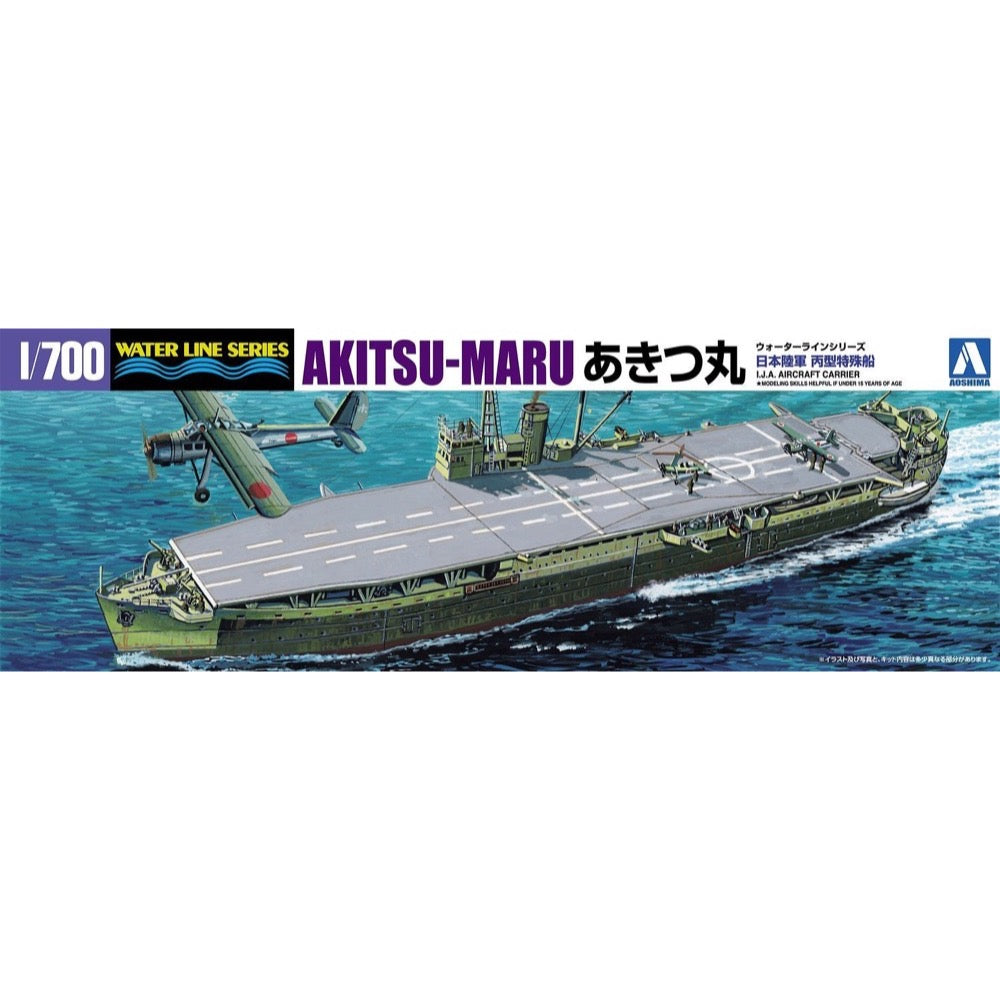
Aoshima A001229 1/700 Landing Vehicle Carrier Akitsumaru STD
Akitsu Maru was an I.J.N landing craft depot ship and escort aircraft carrier, and is also considered to be the first amphibious assault ship. The ship was fitted with a flight deck above the ull, but had no hangar so the aircraft were stored below the flight deck on the original main deck. She was completed in January 1942 and took part in the Java landing operation in February of the same year. In 1943 it was equipped with the Kayaba Ka-1, an autogyro for anti-submarine uses. The Akitsu Maru was sunk by the submarine Queenfish on 15 November 1944 while she engaged in Philippines operation assigned to Convoy Hi-81.



